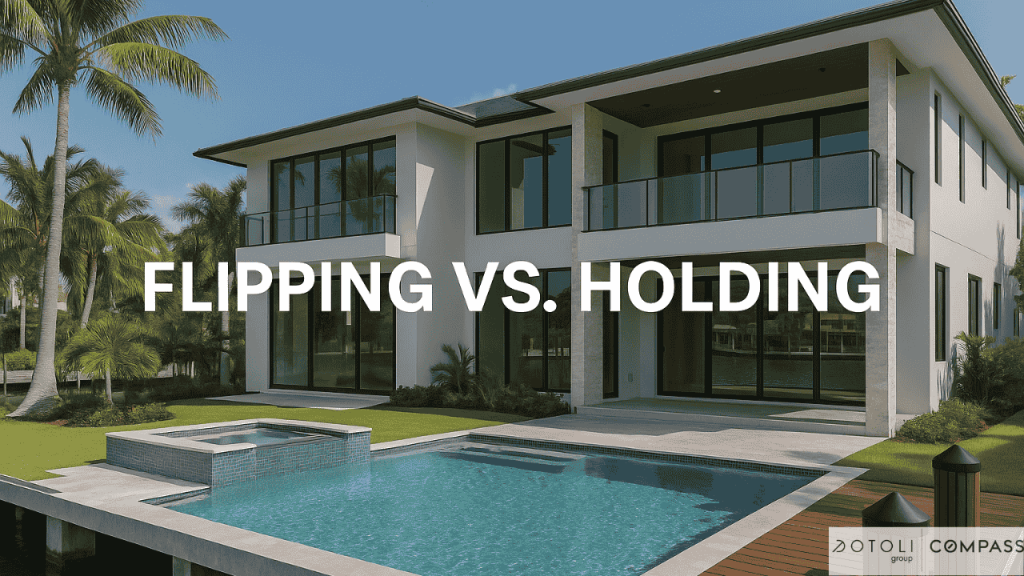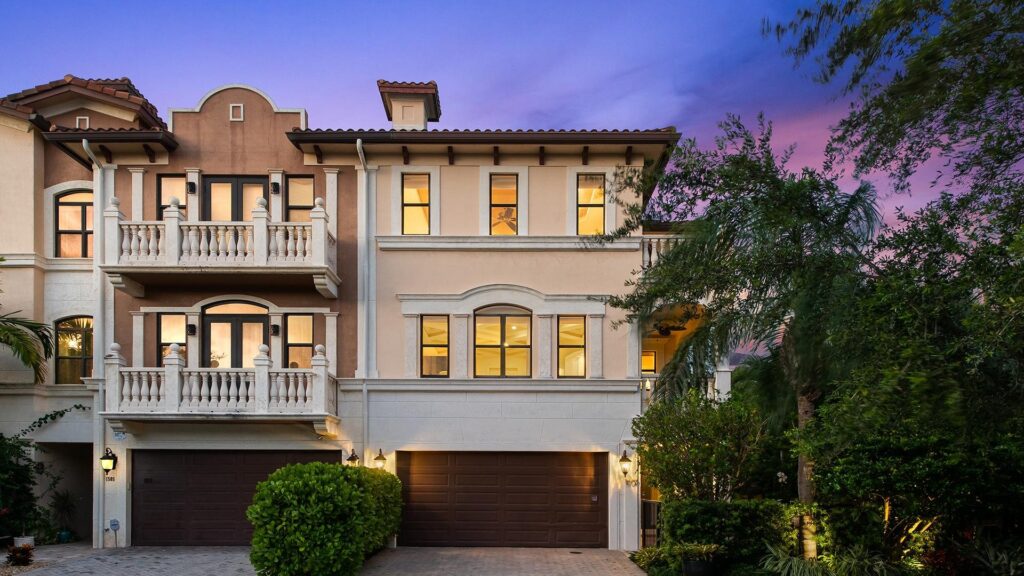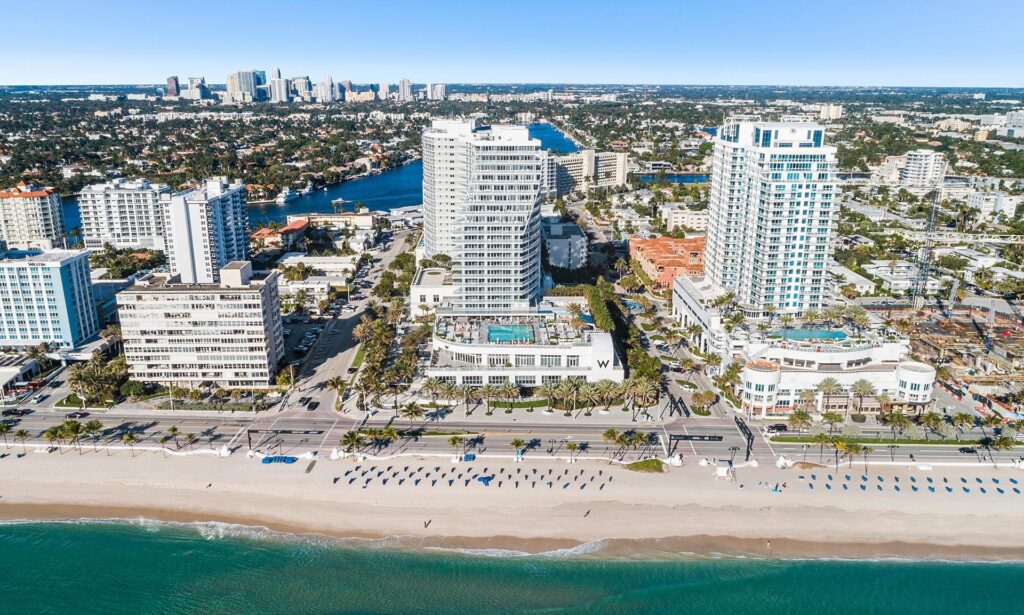If you had to choose only one strategy to build wealth through real estate, would you flip homes for quick profits or hold them as rentals for long-term stability?
This question has guided countless investors. Both approaches can be highly rewarding, but they demand different skills, time horizons, and levels of risk. Understanding how each strategy works, you can determine which best aligns with your goals.
What Is House Flipping?
House flipping is buying a property at a discount, renovating it, and reselling it quickly for a profit.
The main attraction of flipping is speed.
When done well, it allows investors to capture equity through improvements and resell at a higher price within months. It is especially effective in markets with strong buyer demand and rising prices.
Flipping, however, comes with high pressure and risk. Renovation costs can balloon, delays are common, and resale prices are tied to market conditions. Carrying costs such as mortgage payments, insurance, and taxes add up every month the property sits unsold.
In short, flipping rewards efficiency and quick execution but requires sharp management and financial discipline.
What Is Buy-and-Hold Investing?
Buy-and-hold is a long-term approach where investors purchase property and keep it for years as a rental.
This strategy focuses on steady rental income, loan paydown, and property appreciation. Over time, tenants effectively cover mortgage payments, while investors benefit from potential tax advantages like depreciation and long-term capital gains.
The challenge with holding is that it ties up capital for the long run. It also demands ongoing management, such as finding tenants, handling maintenance, and navigating regulations. Initially, Cash flow may be modest, but true wealth comes from compounding equity and appreciation over decades.
Buy-and-hold is best for those who value stability and patience over fast profits.
How it wins
- Income is repeatable through rents
- Tenants pay down your loan over time
- Depreciation may reduce your taxable rental income
- You can refine operations and scale
Quick Hold Math Example
- Purchase price: 300,000 with 20 percent down
- Loan: 240,000 at 6.5 percent, 30 years
- Monthly payment (principal and interest): about 1,517
- Market rent: 3,200 per month
- Annual gross rent: 38,400
- Typical annual expenses:
- Property taxes: 5,500
- Insurance: 2,400
- Maintenance: 3,000
- Property management at 10 percent of rent: 3,840
- Vacancy reserve at 5 percent of rent: 1,920
- Mortgage P&I: 18,204
Flipping vs. Holding: The Key Differences
Although both approaches generate wealth, they do so in different ways. Flipping is short-term, transactional, and dependent on successful renovations and resale. Holding is long-term, steady, and relies on ongoing management and market growth.
Tax treatment also separates the two strategies. Flipping profits are often taxed as ordinary income, which can reduce net gains.
On the other hand, holding allows for depreciation benefits and may qualify for long-term capital gains treatment upon sale. Investors can even use a 1031 exchange to defer taxes and grow their portfolios.
The decision between flipping and holding depends on your financial goals and your tolerance for risk and involvement.
Flipping vs. Holding: Side-by-Side
| Factor | Flipping | Holding |
|---|---|---|
| Time horizon | Short, months | Long, years |
| Primary skill set | Project management, design, contractor oversight, pricing strategy | Operations, leasing, finance, maintenance, tenant experience |
| Capital needs | High during rehab; can recycle quickly | Down payment plus reserves; capital stays invested |
| Cash flow | None until sale | Ongoing rents (subject to expenses) |
| Market reliance | Sensitive to resale timing and buyer demand | More resilient if cash flow is sound |
| Risk profile | Construction surprises, carrying costs, price risk | Tenant risk, repairs, regulatory changes |
| Tax treatment | Often taxed as ordinary income if frequent, limited deductions | Depreciation may offset income; long-term capital gains on sale; 1031 exchange possible |
| Scalability | Limited by finding enough deals and build teams | Scales with systems, financing, and management |
How to Decide Which Strategy Fits You
Your personal objectives are the most significant factor. Flipping may be the right choice if you need fast access to cash and enjoy overseeing renovations. Holding is often better if you want long-term wealth and a steady income.
Market conditions also matter. Flipping can be highly profitable in hot housing markets where buyers are competing. Holding can deliver dependable returns in stable rental markets with strong rent-to-price ratios.
Finally, think about your financial position. Flipping requires access to capital for renovations and the ability to cover carrying costs. Holding demands a substantial down payment, financing approval, and reserves for property upkeep.
Hybrid Approaches
Many investors choose a mix of both strategies. One popular method is BRRRR: Buy, Rehab, Rent, Refinance, Repeat.
This method combines the value creation of flipping with the stability of holding, allowing investors to pull equity out while still enjoying rental income.
Other variations include live-in flips, where owners renovate while living in the property, and short-term rentals, which can generate substantial income but require intensive management. These hybrid models allow investors to balance immediate returns with long-term growth.
Risks and Mistakes to Avoid
Regardless of strategy, mistakes can be costly. Flippers often overestimate resale values or underestimate renovation budgets. Buy-and-hold investors sometimes overlook vacancy costs or fail to account for major repairs.
The key to success is conservative planning. Always include contingencies for renovations, stress-test your numbers against market changes, and maintain strong cash reserves.
Innovative underwriting and disciplined execution make the difference between success and disappointment.
FAQs
Is flipping or holding more profitable?
Both can be very profitable. Flipping can produce higher returns on capital if cycles are short and execution is tight. Holding compounds wealth through cash flow, amortization, and appreciation, often winning over longer horizons.
Can I combine both strategies?
Yes. Many investors flip to build cash, then keep the best properties as rentals. BRRRR is a structured way to do this.
What if rates are high?
Higher rates can thin buyer pools for flips, so price and design carefully. For holds, focus on properties with resilient rent-to-price ratios and consider rate buydowns or refinancing later if rates fall.
How many properties should I start with?
Start with one you can manage well. The lessons from deal one often determine your success on deals two and three.
Conclusion: Choosing the Right Path
Flipping and holding are proven strategies that cater to different investor profiles. Flipping is ideal for those who thrive on short-term projects, want quick profits, and have the ability to manage renovations. Holding suits those who prefer building wealth slowly, value consistent income, and are comfortable with long-term commitments.
Many experienced investors combine the two, flipping to generate capital and holding properties to secure lasting wealth. The right choice depends on your goals, market, and risk tolerance.
Take the Next Step in Fort Lauderdale
Whether you’re interested in flipping for profit or holding a property as a long-term investment, Fort Lauderdale offers unique opportunities. With its luxury waterfront homes, vibrant lifestyle, and strong appreciation potential, it’s one of the most attractive markets in South Florida.
To succeed here, you need the right property and team behind you. DOTOLI Group specializes in Fort Lauderdale luxury real estate and can help you secure the ideal home to match your investment strategy.




















